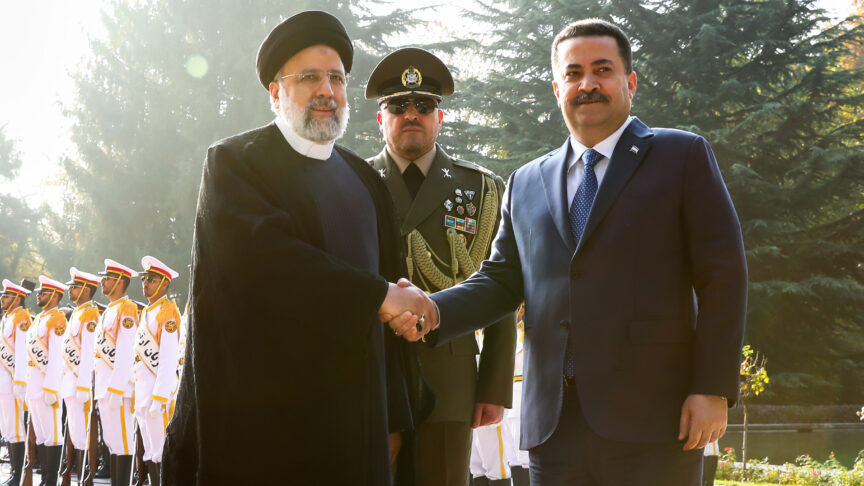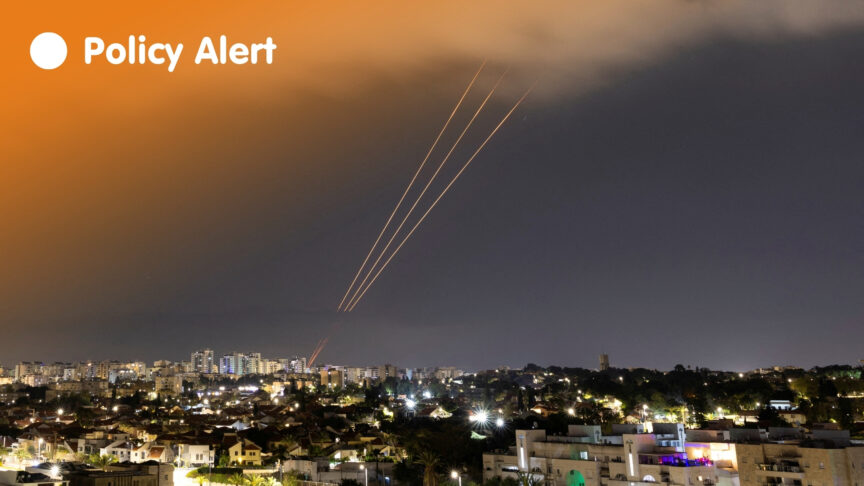Yemen is fast becoming a global, not regional, problem
As commentators look back on two years of the Saudi-led military campaign, international policy must look forward if the country is to survive.
Two years since Saudi Arabia launched a military campaign to restore Yemen’s internationally-recognized government, the country has descended into a state of unprecedented anarchy. Yemen’s infrastructure and industrial capacity are in ruins; roughly 18 million people, more than half the population, need humanitarian aid; and priceless, centuries-old homes and mosques across the country have been reduced to rubble.
That’s not to say that the Saudi-led coalition hasn’t made some progress. The Houthis and their allies—most notably, the backers of former president Ali Abdullah Saleh—have been pushed from Aden and much of the south, while the Houthis and their allies’ erstwhile aims of unchecked hegemony over the country’s political scene have been dashed.
That being said, a decisive victory appears anything but forthcoming. This is not just because the Houthis’ retain control of Sanaa. The internationally recognised government of Abdo Rabbu Mansour Hadi—which the Saudis ostensibly intervened in Yemen to reinstate—has proven unable to assert its authority even in the areas of the country nominally under its control. In a comparison that drew telling symbolism, Hadi himself passed the anniversary of the start of the Saudi intervention in Riyadh, while Saleh openly mixed with his supporters in a demonstration in Sanaa’s Sabaeen Square.
But regardless of what the various warring factions may assert, as the Saudi military intervention enters its third year there is little to celebrate. The conflict has already left Yemen the scene of the world’s worst humanitarian crisis. And there appears to be no end in sight.
In part, this is rooted in the conflict’s sheer complication: it may often be framed as a two-sided war, but Yemen’s fractures extend well beyond the power struggle between Hadi’s backers and the Houthis. Geographical divisions date back to a series of North-South conflicts in the 1970s. Sectarian tensions—stoked by self-interested actors on both sides of the conflict—have reached unprecedented heights. Even within the conflict’s varied camps, infighting has become the norm rather than the exception.
Despite the battlefield stalemate, these bitter divides have prevented any meaningful progress toward a political solution; various tensions have only lead to new layers of conflict. Three rounds of UN-brokered talks have failed to lead to even a broad accord. The Yemeni people may be visibly reaching a breaking point owing to the continued conflict, but rhetoric from the leaders of the conflicts’ varied factions remains as bellicose as ever. While continuing to offer support for a political solution, key Gulf leaders continue to argue that the time is not ripe for a new round of talks. Many who initially predicted that the war would last a matter of weeks have now accepted that it could last for years to come.
Such an open-ended and exponentially deteriorating conflict threatens not just the region, but the world at large. Beyond its sheer humanitarian cost, the ongoing conflict has created a dangerous power vacuum that has proven a boon to extremist groups like Al Qaeda in the Arabian Peninsula (AQAP). Despite losing hold of its former strongholds, the group remains wealthy from funds collected and looted during its time in control of the coast of Hadramawt and the port city of Mukalla, maintaining the ability to launch attacks in much of the country.
Simultaneously, the increasing desperation of Yemeni citizens risks spurring a new wave of refugees. But many are too impoverished even to flee the country, increasing the likelihood that a generation of Yemeni children will grow up outside of school in an environment where the only lucrative employment to be found is behind the barrel of a gun.
There’s little question, then, that an immediate political solution to the conflict is in Europe’s wider interest. Granted, facilitating such a solution is no easy task, as failed efforts during the past two years illustrate. Nonetheless, there is still much that can be done.
Europe, the only international actor viewed positively by most parties to the conflict, must increase coordination among member states. This is more important than ever given the as yet uncertain commitment of the United States on the Yemen peace process under the Trump Administration. Europe must also use its perceived neutrality to open and strengthen channels with actors like southern secessionists and tribal militias who often make up the de-facto power structures on the ground but who have been left out of the formal peace process thus far.
Thirdly, Europe and its international partners must make a long-term resource commitment to Yemen. While emergency humanitarian aid is crucial, policy must move beyond crisis response to working with Yemen partners to build a more sustainable governance and political structures on the ground. The conflict’s end may currently remain out of sight, but the process for paving the way for a post-conflict future should begin in earnest nonetheless.
The European Council on Foreign Relations does not take collective positions. ECFR publications only represent the views of their individual authors.


